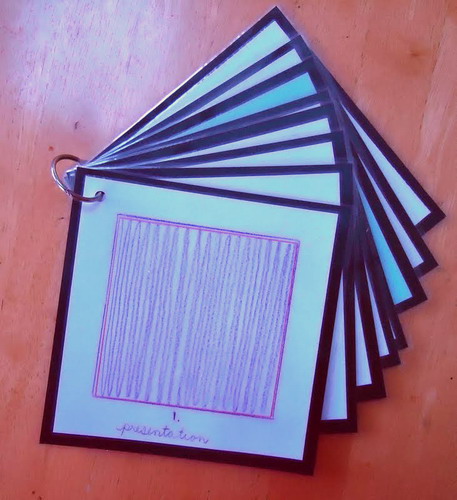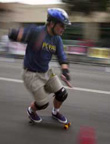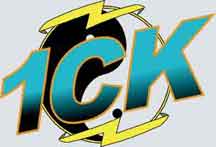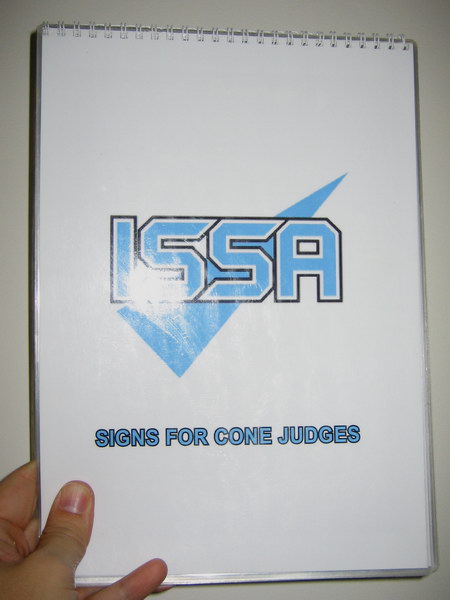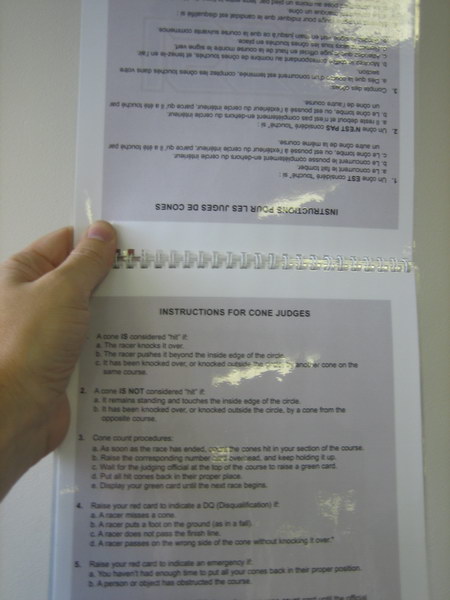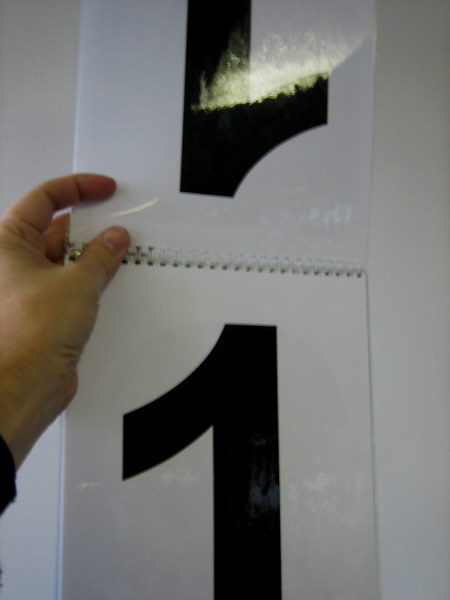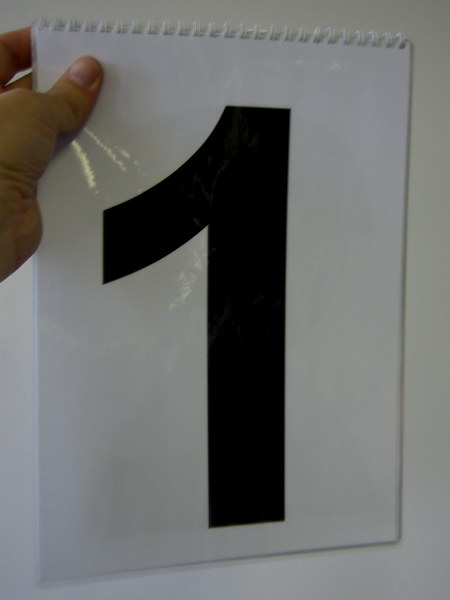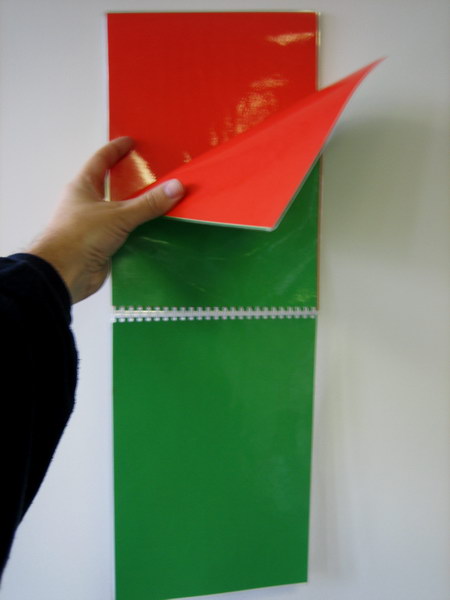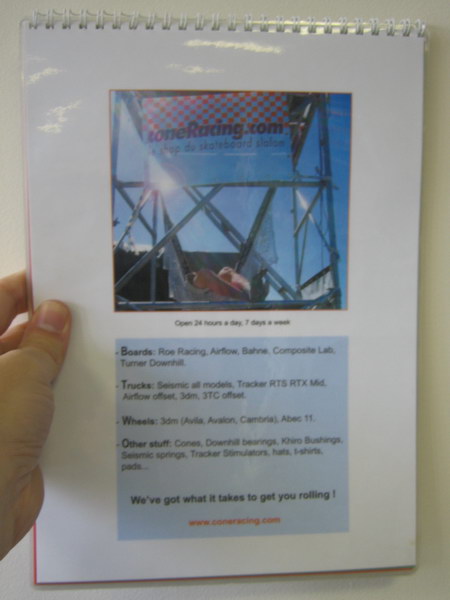The following is a copy from the Resources menu (see top menu of this site)
-----------------------------------------------------------------------------------------
* Cone Judging Booklets for Cone Judges: single pages or as spreads (all updated 2015)
* Cone Judging Booklets for Main Judge: single pages or as spreads
-----------------------------------------------------------------------------------------


Note how the two pages of each do NOT show the same figures or color.
This is very important to remember when you print the pages.
Remember these really important suggestions:
- Ideally print on both sides of a single paper (quite thick so you can't see text on the other side). That avoids air in between the two pages and once plastified they'll last a life time. The green and red are ideally printed, but if you don't want to waste ink in your printer, get hold of colored paper and put them together.
- Make sure you print the figures/pages according to the instructions so that when you have the booklet folded you show the SAME figure towards the top (for the judges) and towards the bottom of the course (for the racers). This is really important to have to have the same figure shown in all directions and be in accordance with the announcers statement too.
- Wire bindings (circular metal) are better than plastic bindings as they allow the pages to be complete turned over. The also last longer as the plastic tends to break easily.
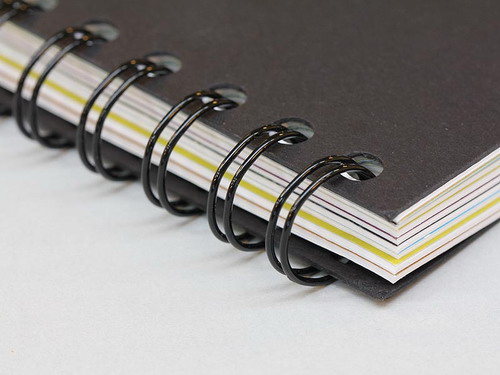
- If you need a quick solution you can use a simple key chain and just punch a hole in a corner of each sheet.
